Jumping Worms Are Eating — And Altering — Wisconsin's Forest and Garden Soils
Scientists are studying how a subsurface invasive species is changing local ecosystems and are reaching out to gardeners to share methods for stopping their spread.
By Will Cushman
April 1, 2021 • South Central Region
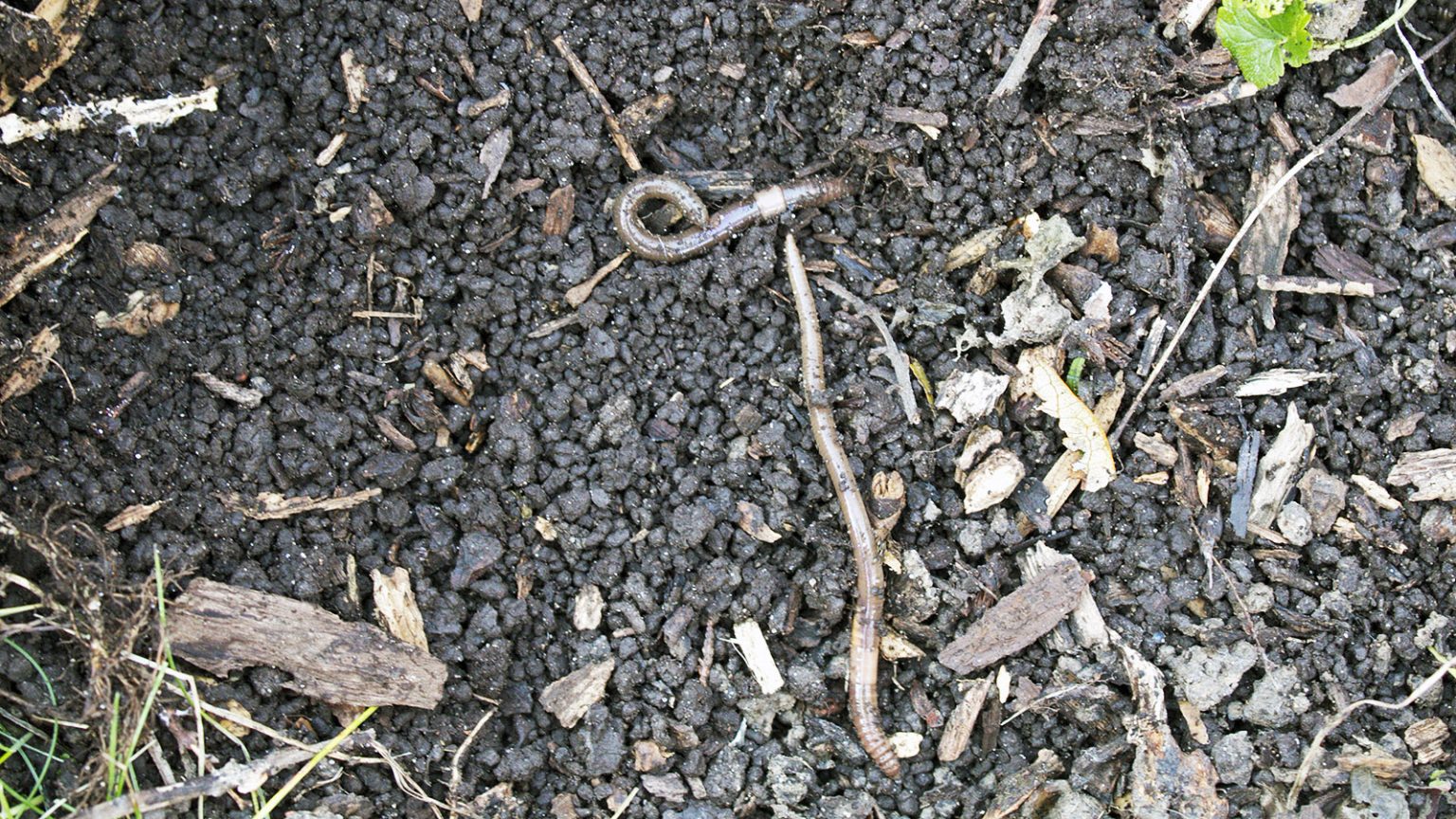
Two invasive Amynthas jumping worms sit atop soil that bears the signature of their action. (Credit: Susan Day/UW-Madison Arboretum)
After months of cold and snow, the arrival of mild spring weather is beckoning gardeners around Wisconsin. Yet increasingly, green thumbs are being tested by invasive pests that can wreak havoc on the plants they prize.
Among the invasive species challenging ever more Wisconsin gardeners each year are a group of earthworms in the genus Amynthas, commonly known as jumping worms.
No earthworms are native to northern parts of North America, including Wisconsin, but some species were introduced from Europe centuries ago and have become commonplace. While those early invasive worms may not have been great for the native fungi and microorganisms that evolved within North America’s forest soils, whatever disruption they cause to native ecosystems and garden soils pales in comparison to jumping worms.
Originating in eastern Asia, jumping worms can quickly proliferate in a garden or forest, where their life cycle plays out in leaf litter and the top inch or two of soil. The worms rapidly digest organic material, outcompeting native fungi species and even other non-native earthworms. In their wake, jumping worms leave behind a thoroughly altered topsoil: the organic materials that would have become nutrient-rich humus are transformed into less hospitable soils.
Identifying jumping worms is not too difficult. Often gardeners may first notice their presence indirectly by noting a change in the appearance of their garden soils. Soils infested with jumping worms often are coarser than typical soils, with a granular appearance that looks similar to coffee grounds.
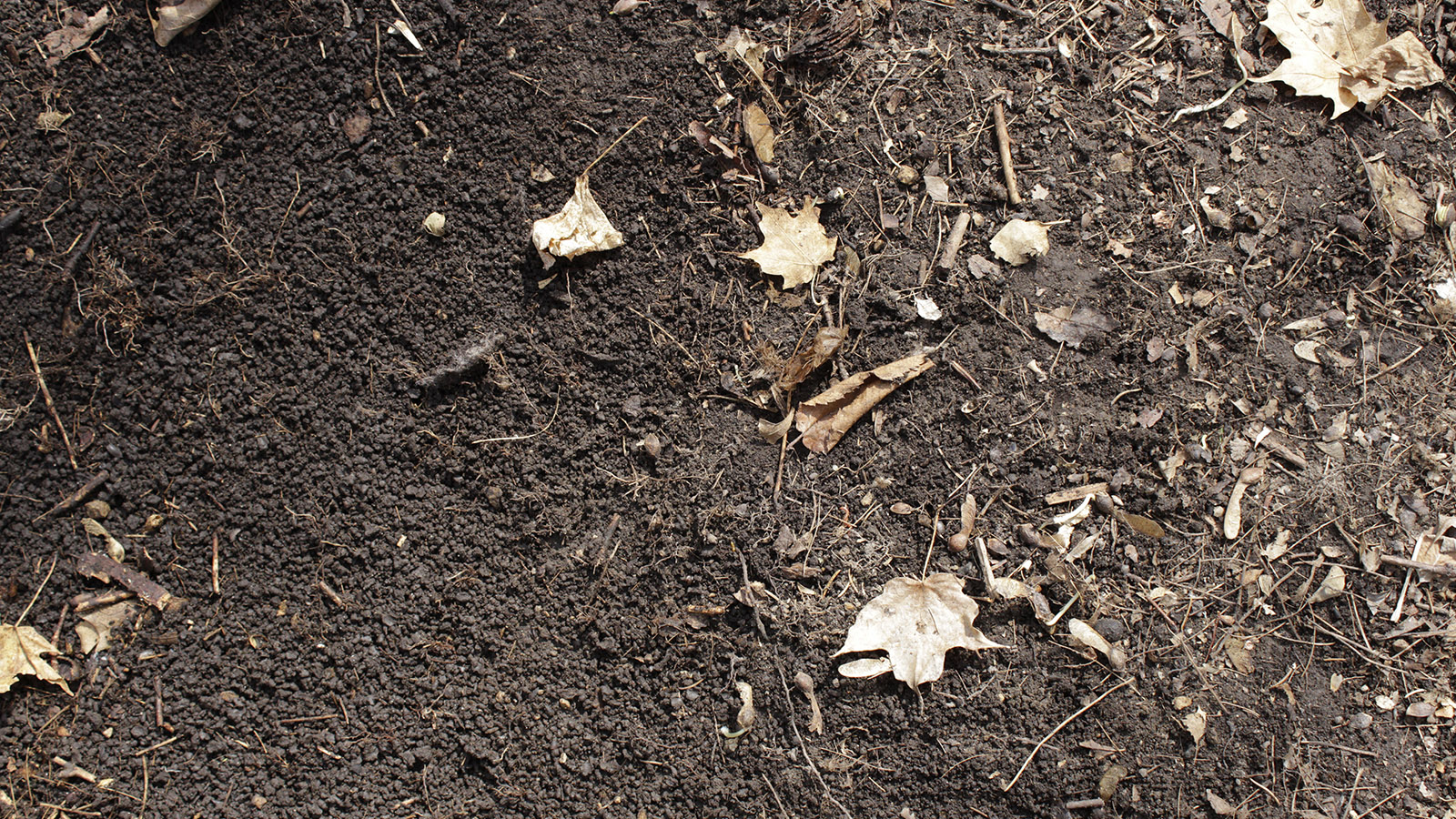
The boundary of an area at the UW Arboretum invaded by Amynthas jumping worms shows with granular “soil signature” of the invasive species, with the affected area to the left and uninvaded soil to the right. (Credit: Susan Day/UW-Madison Arboretum)
The worms themselves can appear similar to other earthworms, but tend to be a little shorter and differently colored, with a lighter colored clitellum, an easily recognizable band of tissue that encircles the worm’s body. Jumping worms also move differently than other earthworms; as their name suggests, they writhe intensely when handled. They also tend to be found in large numbers. Because of their quick annual life cycle, infestations are most obvious in mid to late summer, when jumping worms have grown to their adult form. On the other hand, earthworms found in springtime are likely to be the more established older species.
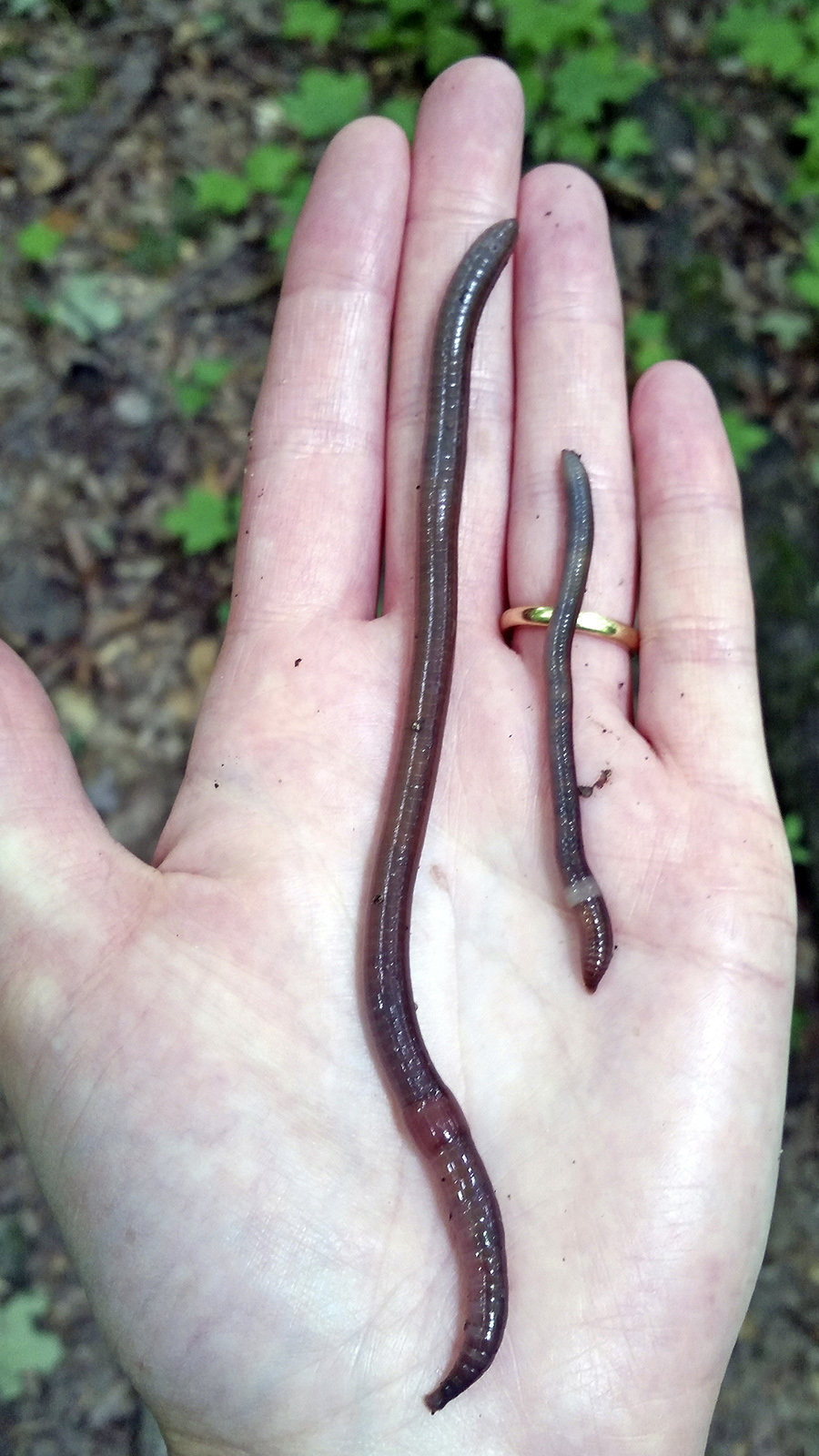
Two jumping worms displayed in a hand illustrate their size variation. (Credit: Marie Johnston/UW-Madison Arboretum)
Jumping worms were first identified in Wisconsin in 2013 at the University of Wisconsin-Madison Arboretum. Just eight years later, the worms have been reported just about everywhere in the state and are highlighted as an invasive species by the Wisconsin Department of Natural Resources.
“They are, if not in every county, close to it,” said Brad Herrick, an ecologist at the UW Arboretum.
Herrick gave a talk at the Wisconsin Garden & Landscape Expo in 2020 about how to identify jumping worms and slow their spread, which was recorded for PBS Wisconsin’s University Place.
Jumping worms thrive in mulch and compost, and Herrick said they’ve quickly spread via horticultural materials. To control their spread, he recommended asking garden retailers about whether they’ve had infestations and if so, how they’ve ensured their materials are free of these worms or their cocoons. Additionally, commercially licensed composters in Wisconsin should be following best practices that neutralize jumping worms and their cocoons, which involves heating the compost above a certain temperature for three days.
Herrick has been monitoring how jumping worms affect other species and alter soil structure in the Arboretum’s native ecosystems.
“One thing that we’ve noticed … is that these earthworms, not only do they change the soil structure and the nutrient dynamics in the soil, but they also somehow or another displace other species of earthworms that are already there,” Herrick said.
While other earthworms are also non-native, Herrick noted the impact of jumping worms on soil ecosystems seems to be more abrupt and severe.
“Within a matter of one growing, [jumping worms] will displace all other groups of earthworms,” he said. “It certainly has implications for the forest ecosystem and potentially what plants survive there.”
Changes to the soil ecosystem and structure caused by jumping worms appear to be permanent, Herrick added, noting that soils infested with the worms are coarser and more erodible.
“That potentially means a loss of topsoil,” he said.
However, the long-term effects of jumping worms on Wisconsin’s forests remain unclear. There also remain open questions for horticulture, including how gardeners can best control infestations and protect plants sensitive to changes in soil structure and nutrients.
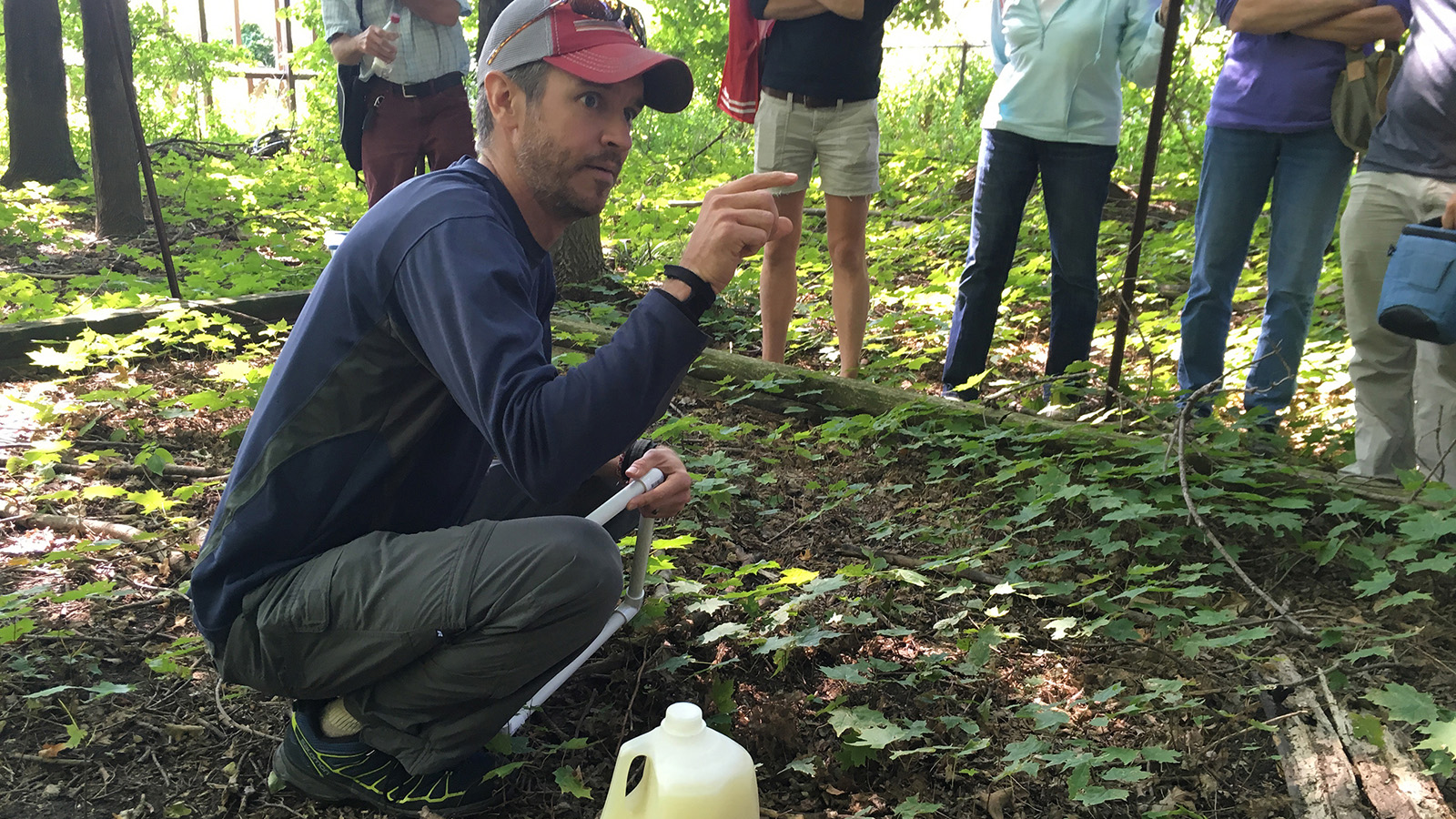
Brad Herrick, an ecologist with the UW Arboretum, demonstrates a method of managing worms called a mustard pour. (Credit: Eric Hamilton/UW-Madison Communications)
While controlling jumping worms in large forests that have already been infested is not feasible, researchers are actively pursuing multiple avenues for control in small garden spaces, Herrick said. These include harnessing an insecticidal fungus called Beauveria bassiana, applying solutions of water mixed with soap or mustard powder, and applying organic soil additives that contain byproducts of tea seed oil high in substances called saponins.
Herrick and his colleagues have received funding to establish a network of gardeners and landscape professionals around Wisconsin to share observations about jumping worms and best management practices for controlling them.
“Right now there are a lot of questions and people all over the state asking about the latest research and best management practices,” Herrick said. “We’re going to be holding focus groups to try to identify with more data about what garden plants are actually more or less susceptible to this invasion.”
 Passport
Passport




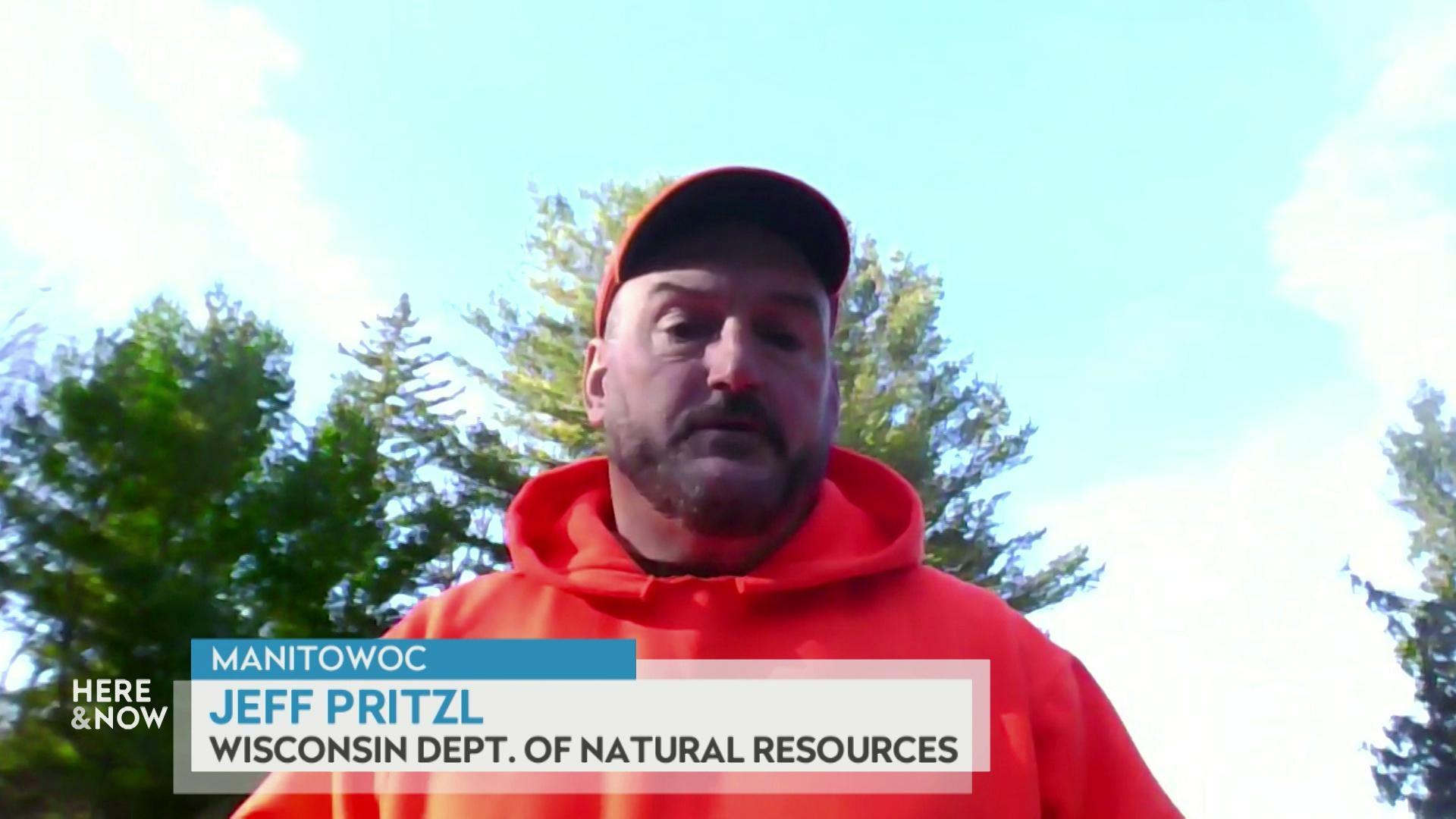
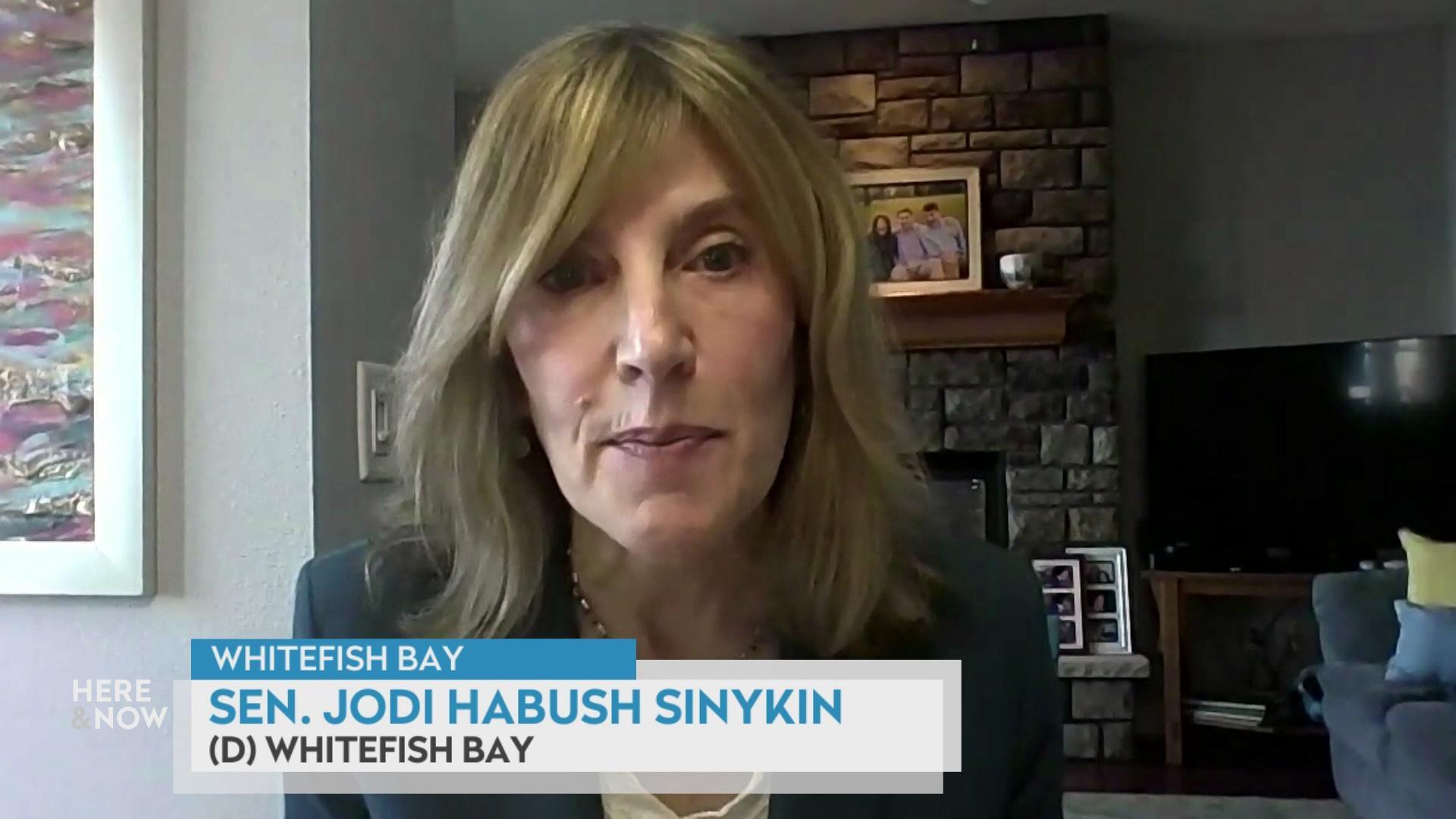

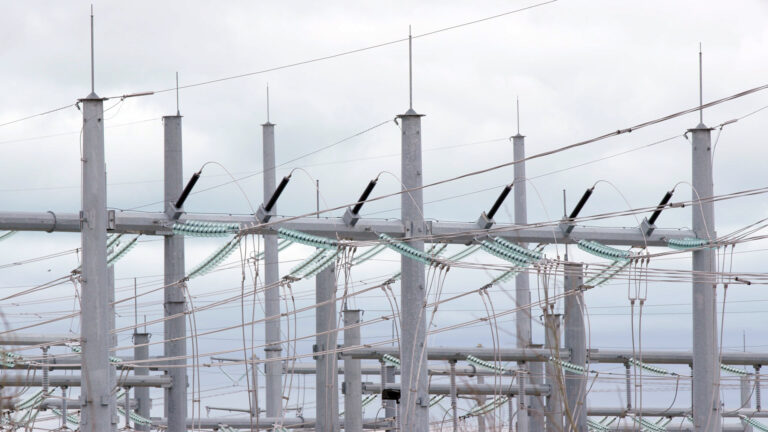
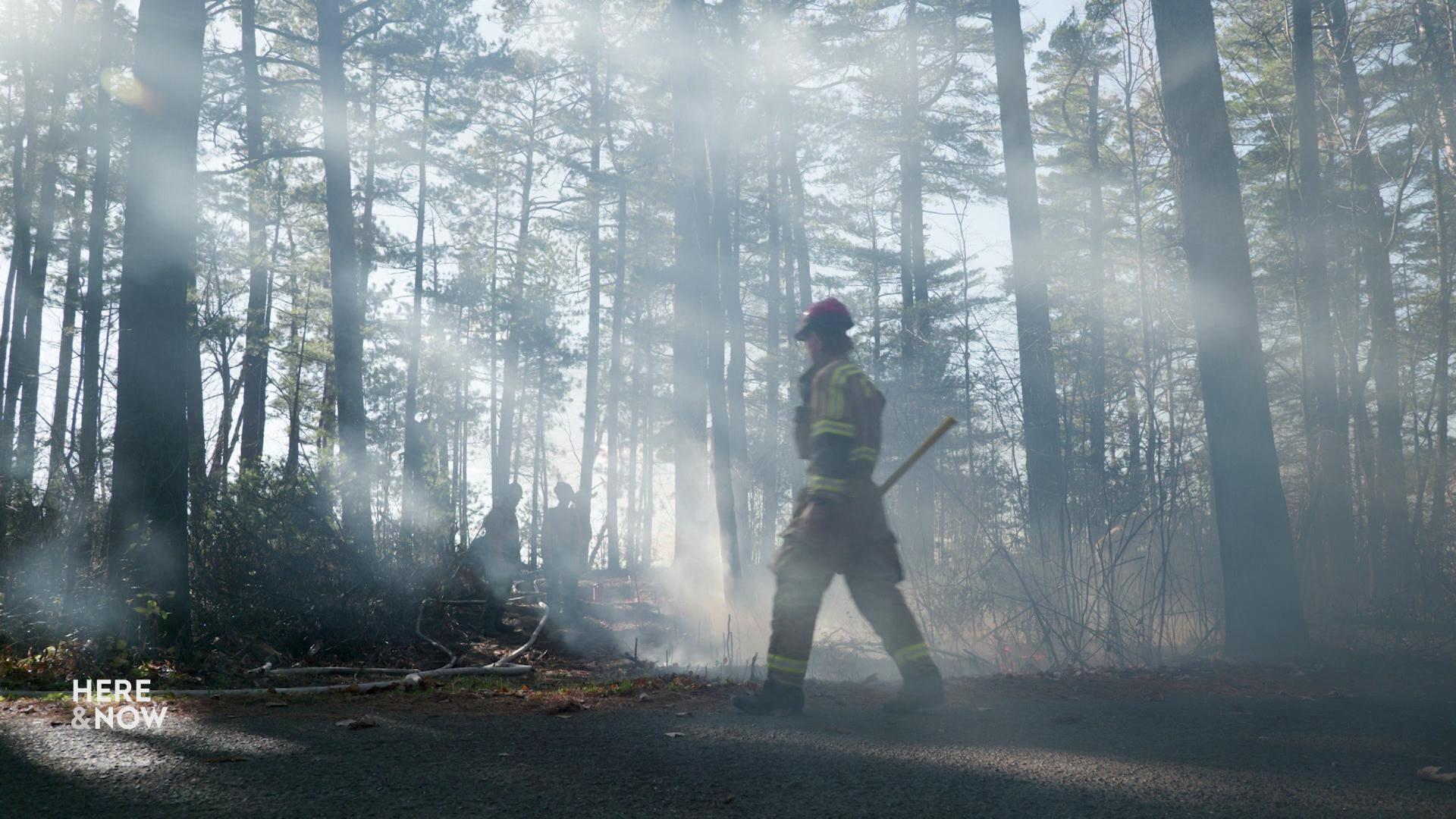


Follow Us